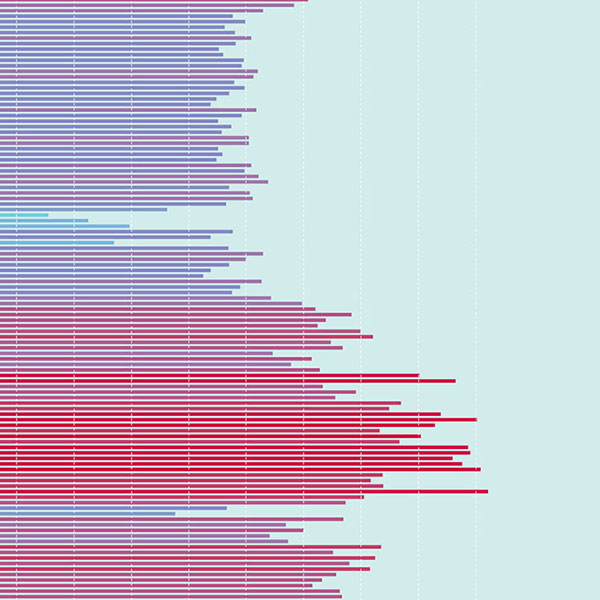Measurement technology
Greater precision when measuring acidity
A new procedure can measure the acidity of sea water down to the nearest 0.00006 pH.

When simulating the acidity of seawater predicted for the year 2100, this sea-snail shell dissolved in 45 days. | Image: NOAA
Researchers at the University of Geneva have refined classical methods of determining acidity to such an extent that even the slightest fluctuations of 0.00006 pH can be detected reliably. The findings of Eric Bakker and his team enable them to track the acidity of the sea on a daily basis. This is important, because the increase in CO2 is making the water ever more acidic – and creatures such as mussels are finding it difficult to develop their calcareous shells.




